-
 Bitcoin
Bitcoin $116800
1.37% -
 Ethereum
Ethereum $3832
5.15% -
 XRP
XRP $3.063
2.69% -
 Tether USDt
Tether USDt $1.000
0.04% -
 BNB
BNB $774.1
0.84% -
 Solana
Solana $170.7
1.56% -
 USDC
USDC $0.0000
0.01% -
 Dogecoin
Dogecoin $0.2142
5.31% -
 TRON
TRON $0.3406
1.90% -
 Cardano
Cardano $0.7635
3.81% -
 Hyperliquid
Hyperliquid $39.55
2.42% -
 Sui
Sui $3.732
7.71% -
 Stellar
Stellar $0.4127
4.25% -
 Chainlink
Chainlink $17.80
6.91% -
 Bitcoin Cash
Bitcoin Cash $576.7
1.66% -
 Hedera
Hedera $0.2521
3.28% -
 Ethena USDe
Ethena USDe $1.001
0.01% -
 Avalanche
Avalanche $22.66
2.19% -
 Litecoin
Litecoin $121.3
2.98% -
 UNUS SED LEO
UNUS SED LEO $8.959
-0.31% -
 Toncoin
Toncoin $3.325
2.88% -
 Shiba Inu
Shiba Inu $0.00001263
2.84% -
 Uniswap
Uniswap $10.11
4.79% -
 Polkadot
Polkadot $3.769
3.22% -
 Dai
Dai $1.000
0.01% -
 Bitget Token
Bitget Token $4.413
1.46% -
 Monero
Monero $272.9
-4.98% -
 Cronos
Cronos $0.1488
4.22% -
 Pepe
Pepe $0.00001088
4.01% -
 Aave
Aave $273.0
4.73%
How to use the API of LBank contracts? What interfaces can be called?
LBank Contracts API enables traders to automate trading, access market data, and manage accounts programmatically, requiring API keys for secure access.
May 07, 2025 at 04:15 am
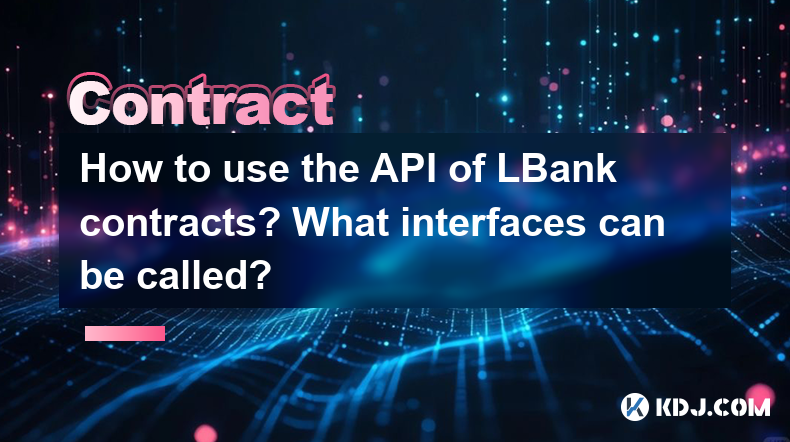
LBank is a well-known cryptocurrency exchange that offers various trading services, including futures contracts. Using the API for LBank contracts allows traders and developers to automate trading, retrieve market data, and manage their accounts programmatically. In this article, we will explore how to use the LBank contracts API and discuss the various interfaces that can be called.
Understanding the LBank Contracts API
The LBank Contracts API is a powerful tool that enables users to interact with the LBank futures trading platform programmatically. It provides a range of endpoints that allow for various operations such as placing orders, retrieving market data, and managing account balances. Before diving into the specifics, it's important to understand the basic structure of the API and how to access it.
To use the LBank Contracts API, you need to register an account on LBank and obtain API keys. These keys are essential for authenticating your requests to the API. Once you have your API keys, you can start making requests to the API endpoints.
Setting Up Your API Keys
To set up your API keys for LBank contracts, follow these steps:
- Log in to your LBank account: Navigate to the LBank website and log in using your credentials.
- Go to the API Management section: Once logged in, find the API Management section in your account settings.
- Create a new API key: Click on the option to create a new API key. You will need to provide a name for the key and set the permissions you want to grant.
- Save the API key and secret: After creating the key, you will be provided with an API key and a secret key. Save these securely as they will be used to authenticate your API requests.
Making API Requests
Making API requests to LBank contracts involves sending HTTP requests to specific endpoints. The API supports both RESTful and WebSocket protocols, allowing for both synchronous and asynchronous interactions. Here’s how to make a basic API request:
- Choose the endpoint: Decide which endpoint you want to call based on the operation you want to perform. For example, to get market data, you might use the
/market/tickerendpoint. - Prepare the request: Construct the HTTP request with the necessary parameters. Include your API key in the headers for authentication.
- Send the request: Use a tool like cURL or a programming language’s HTTP library to send the request to the LBank API server.
- Process the response: Once you receive a response, parse it to extract the relevant data.
Key Interfaces and Endpoints
The LBank Contracts API offers a variety of interfaces that can be called to perform different operations. Here are some of the key interfaces and their purposes:
Market Data Interfaces
Market data interfaces are crucial for traders who need to stay updated on the latest market conditions. Some of the key market data endpoints include:
- /market/ticker: This endpoint provides real-time ticker data for specific trading pairs. You can use it to get the latest price, volume, and other market statistics.
- /market/depth: This endpoint returns the order book depth for a given trading pair, which is essential for understanding market liquidity.
- /market/trades: This endpoint provides historical trade data, allowing you to analyze past market movements.
Order Management Interfaces
Order management interfaces are used to place, modify, and cancel orders on the LBank futures platform. Key endpoints include:
- /order/place: This endpoint allows you to place a new order. You need to specify the trading pair, order type, and other parameters.
- /order/cancel: Use this endpoint to cancel an existing order. You will need to provide the order ID.
- /order/info: This endpoint retrieves information about a specific order, including its status and details.
Account Management Interfaces
Account management interfaces help you manage your account balances and positions on LBank. Key endpoints include:
- /account/balance: This endpoint returns your current account balance, including available funds and locked funds.
- /account/position: Use this endpoint to get information about your current positions in the futures market.
- /account/order: This endpoint provides a list of your current and historical orders.
Example: Placing an Order Using the API
To illustrate how to use the LBank Contracts API, let’s walk through the process of placing an order. Here’s how you can do it:
- Prepare the order parameters: Decide on the trading pair, order type (e.g., limit or market), side (buy or sell), quantity, and price (if applicable).
- Construct the API request: Use the
/order/placeendpoint and include your API key in the headers. The request body should contain the order parameters in JSON format. - Send the request: Use a tool like cURL or a programming language’s HTTP library to send the request to the LBank API server.
- Check the response: The API will return a response indicating whether the order was placed successfully. If successful, you will receive an order ID that you can use to track the order.
Example: Retrieving Market Data
Retrieving market data is another common use case for the LBank Contracts API. Here’s how you can get the latest ticker data:
- Choose the trading pair: Decide which trading pair you want to get data for.
- Construct the API request: Use the
/market/tickerendpoint and include your API key in the headers. The request should specify the trading pair. - Send the request: Use a tool like cURL or a programming language’s HTTP library to send the request to the LBank API server.
- Parse the response: The API will return a JSON response containing the latest ticker data, including the current price, volume, and other market statistics.
Frequently Asked Questions
Q: How do I handle errors when using the LBank Contracts API?
A: When using the LBank Contracts API, it’s important to handle errors gracefully. The API typically returns error codes and messages in the response. You should check the response status and handle any errors accordingly, such as retrying the request or logging the error for further investigation.
Q: Can I use the LBank Contracts API for high-frequency trading?
A: Yes, the LBank Contracts API is designed to support high-frequency trading. It provides low-latency access to market data and order management capabilities. However, ensure that your infrastructure can handle the high volume of requests and that you comply with LBank’s rate limits and usage policies.
Q: Is it possible to use the LBank Contracts API with different programming languages?
A: Yes, the LBank Contracts API can be used with various programming languages. It supports standard HTTP requests, so you can use libraries in languages like Python, JavaScript, Java, and others to interact with the API. Make sure to follow the documentation for each language to implement the API calls correctly.
Q: How secure is the LBank Contracts API?
A: The LBank Contracts API uses API keys for authentication, which adds a layer of security. It’s important to keep your API keys secure and never share them with anyone. Additionally, LBank implements various security measures to protect the API and user data, such as encryption and monitoring for suspicious activities.
Disclaimer:info@kdj.com
The information provided is not trading advice. kdj.com does not assume any responsibility for any investments made based on the information provided in this article. Cryptocurrencies are highly volatile and it is highly recommended that you invest with caution after thorough research!
If you believe that the content used on this website infringes your copyright, please contact us immediately (info@kdj.com) and we will delete it promptly.
- Ripple, Rail, and Stablecoin Payments: A $200M Power Play
- 2025-08-07 22:50:12
- Punisher Coin Presale: The Next $Trump? Aiming for 100x Gains!
- 2025-08-07 22:50:12
- Riding the Crypto Wave: Presale Cryptos, Cold Wallets, and the BTC Bull Run
- 2025-08-07 23:10:12
- Crypto's Wild Ride: Punisher Coin, Popcat, and the Meme Coin Mania
- 2025-08-07 23:10:12
- Bitcoin Price, XRP Prediction, Cryptocurrency: Navigating the Wild West of Digital Assets
- 2025-08-07 23:15:12
- WiMi, Quantum Computing, and AR Tech: Navigating the Future Today
- 2025-08-07 22:30:12
Related knowledge
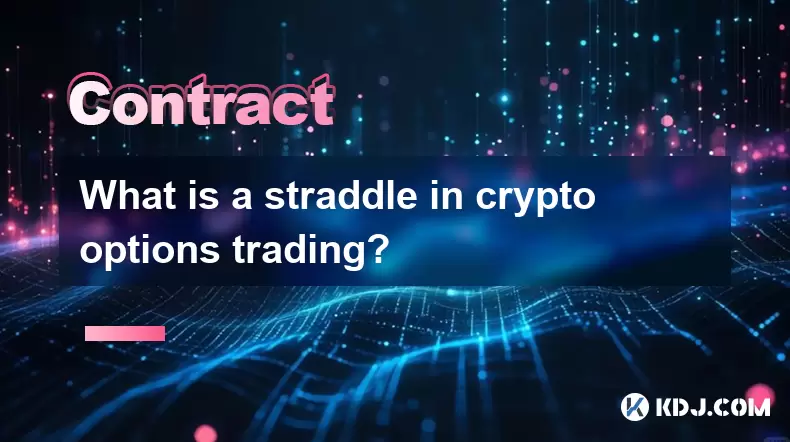
What is a straddle in crypto options trading?
Aug 07,2025 at 11:15pm
Understanding the Basics of a Straddle in Crypto OptionsA straddle is an options trading strategy used when a trader expects significant price movemen...
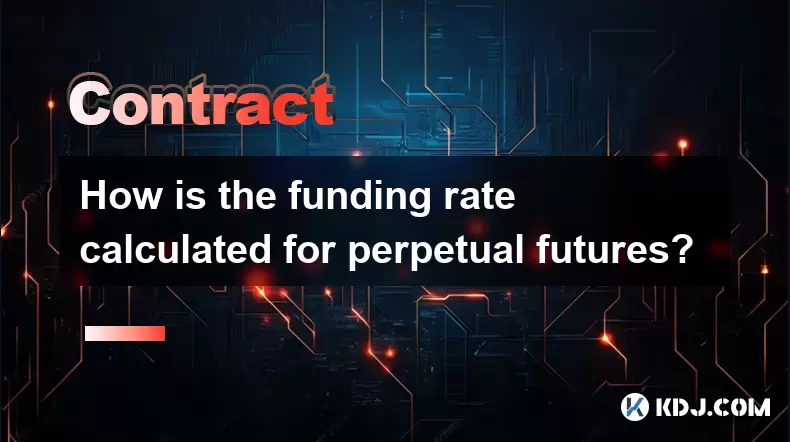
How is the funding rate calculated for perpetual futures?
Aug 07,2025 at 11:36pm
Understanding the Basics of Perpetual FuturesPerpetual futures are a type of derivative contract that does not have an expiration date, allowing trade...

What programming languages are used for smart contracts?
Aug 07,2025 at 06:07pm
Understanding Smart Contracts and Their Execution EnvironmentSmart contracts are self-executing programs deployed on blockchain networks that automati...
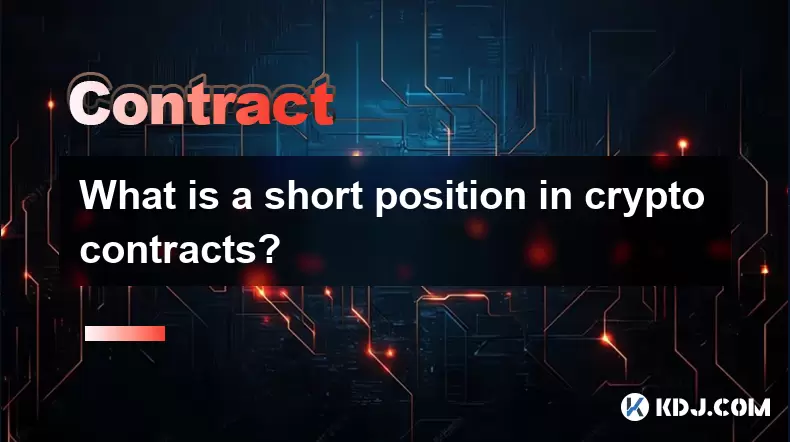
What is a short position in crypto contracts?
Aug 07,2025 at 11:42pm
Understanding the Concept of a Short Position in Crypto ContractsA short position in crypto contracts refers to a trading strategy where a trader prof...
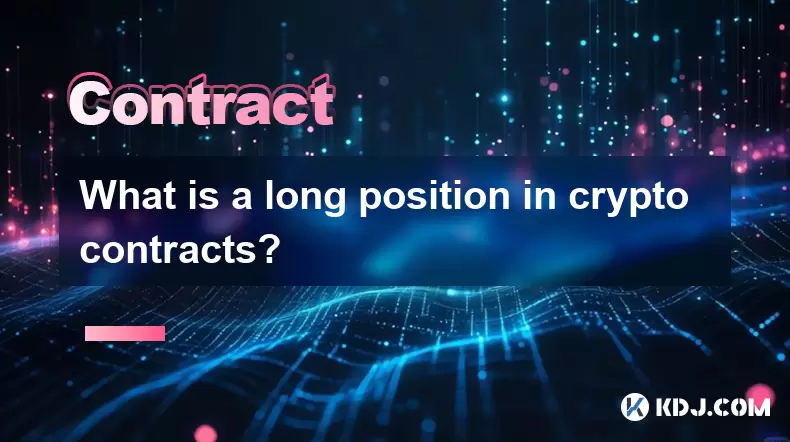
What is a long position in crypto contracts?
Aug 07,2025 at 06:29pm
Understanding the Concept of a Long Position in Crypto ContractsA long position in crypto contracts refers to a trading strategy where a trader buys a...

Why is my Bitstamp futures position being liquidated?
Jul 23,2025 at 11:08am
Understanding Futures Liquidation on BitstampFutures trading on Bitstamp involves borrowing funds to open leveraged positions, which amplifies both po...

What is a straddle in crypto options trading?
Aug 07,2025 at 11:15pm
Understanding the Basics of a Straddle in Crypto OptionsA straddle is an options trading strategy used when a trader expects significant price movemen...

How is the funding rate calculated for perpetual futures?
Aug 07,2025 at 11:36pm
Understanding the Basics of Perpetual FuturesPerpetual futures are a type of derivative contract that does not have an expiration date, allowing trade...

What programming languages are used for smart contracts?
Aug 07,2025 at 06:07pm
Understanding Smart Contracts and Their Execution EnvironmentSmart contracts are self-executing programs deployed on blockchain networks that automati...

What is a short position in crypto contracts?
Aug 07,2025 at 11:42pm
Understanding the Concept of a Short Position in Crypto ContractsA short position in crypto contracts refers to a trading strategy where a trader prof...

What is a long position in crypto contracts?
Aug 07,2025 at 06:29pm
Understanding the Concept of a Long Position in Crypto ContractsA long position in crypto contracts refers to a trading strategy where a trader buys a...

Why is my Bitstamp futures position being liquidated?
Jul 23,2025 at 11:08am
Understanding Futures Liquidation on BitstampFutures trading on Bitstamp involves borrowing funds to open leveraged positions, which amplifies both po...
See all articles

























































































